Health data

Mining the health data
When will I wither and die? Or how do we cope with big health data, AI, and “Your Daily Health Forecast”?
Healthcare services produce and use large volumes of data and information. Knowledge about individual background, priorities, health, lifestyle, disease, intervention, and outcome is necessary for efficient care and treatment. Current health research methods are tending towards a narrow focus on disease, intervention, or patient groups - not very educational or profitable.
The ability to manage and use huge volumes of health data, for entire populations, for entire lifespans, will make it possible to provide accurate individual health forecasts and to plan precise interventions; for some, and at a cost.
Predictive health AI has the power to completely change how we think about and handle wellbeing, healthcare, and management of public services.
- Who will profit?
- Who should be in control?
- Who will get access?
- Who will pay?
- Who should organize healthcare?
- Who will become responsible?
Speakers
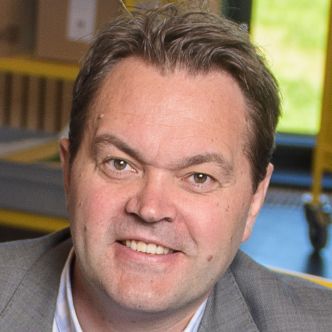
Old patient records for better health in the future?
Bjørn Børresen
The Norwegian Health Archives is a new national health register for sustainable knowledge, research and good public health. The archives will receive, secure and make electronically available patient records from the specialized health care services in Norway, both from public and private institutions. By now, our register consists of more than 1 million patient records over 100 years. The register will consist of both digitized physical material and electronically created records.
Our mission is to make new research possible and to contribute to improve public health. In this perspective, The Norwegian Health Archives provide trustworthy data for research and better health in the future. Researchers have the opportunity to access information regardless of treatment location, to follow a patient's life, access large amounts of information, search for diagnoses, treatment, patient groups, geographical similarities and differences, and variations in disease prevalence over time.
More and more of us are getting older. This means that more people get cancer, dementia, cardiovascular diseases, diabetes, and pulmonary diseases. How can old patient records be valuable for research on these types of diseases? The Norwegian Health Archives use language algorithms on huge amount of unstructured text to support researchers in such research fields, which will be presented during this talk.
Biography
Bjørn is Director at The Norwegian Health Archive at Tynset, Innlandet, which is a part of The National Archives of Norway. He has a Cand. Polit-degree (Masters degree in Political Science) and MBA (Masters in Business Adm), extended with ICT-subjects. He is a former consultant and project manager within ICT in the public and health care sector, lecturer at the University of Oslo (Public Adm/ Political Science), and auditor at the Office of Auditor General.
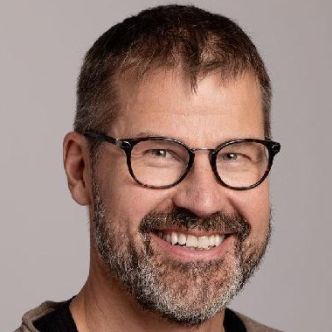
Data meaning - How to get evidence from health data
Johan Håkon Bjørngaard
Confusing prediction with causation can lead to erroneous conclusions and poor decision-making. What works for predicting outcomes may not be the same as what causes those outcomes. Causal inference aims at understanding the underlying mechanisms and relationships in the real world. Data driven prediction alone is not useful to provide these insights. While both prediction and causal inference are valuable tools in data analysis, understanding when and how to differentiate between them is essential for extracting meaningful insights from observational data and making informed decisions.
Biography
Johan Håkon Bjørngaard is a professor of health services research within the Department of Public Health and Nursing at NTNU. His primary research focuses on health services research and social epidemiology. He has a particular interest in using and developing research designs for drawing causal inferences from observational data.
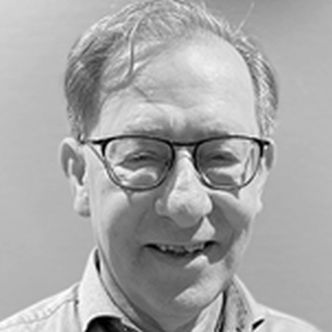
Use of health data – an oblique glance from a user representative
Arthur Mandahl
Today's situation for users within the mental health area includes long waiting time, rejections, and inadequate referrals. Although a new escalation plan for mental health has been passed by the government, the lack of resources is critical. This talk will touch upon users' opinions regarding the collecting and sharing of health- and personal data, and include examples of user participation in the development of different digital tools for this purpose. How can we, as a user-driven centre, best participate in this development and promote the interests of children, youth, and adults in psychiatry?
Biography
Arthur has since 2006 been the CEO of Vårres, a Regional user-driven centre in Middle Norway. He has had different roles in user participation and organizational work since 1984, and for this work he won the King’s Medal of Merit in 2022.
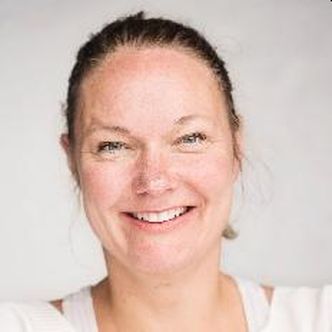
Computational sepsis mining and modelling
Lise Tuset Gustad
The “Computational sepsis mining and modelling” project is capturing and preserving individual case histories using novel technology for integrating temporal interpretation of clinical text with structured data. Our aim is to establish knowledge and decision support for individualized real-time infection- and sepsis monitoring. We will also experiment with clinical dashboard extending the computerized chart for process monitoring and patient risk mitigation. Indirectly, this will improve interventions and reduce drug resistance.
Biography
Lise Tuset Gustad is an associate professor at Nord University and researcher at Nord-Trøndelag Health Trust and Department of Computer Science at NTNU. Her primary research focuses on risk of sepsis and blood stream infection. Her primary interest is to raise patient safety for patients in regard of infection and sepsis by preventing sepsis or by enabling earlier diagnosis and treatment.
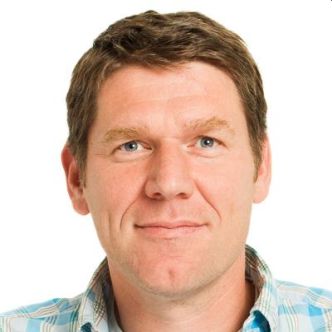
Processmining: a tool for analysing and improving health services
Pieter Jelle Toussaint
Process mining is a technique that aims at mining clinical process data stored in clinical information systems. These data include features of clinical activities performed, time stamps, performing roles, etc. It can be used to get insight into clinical processes in vivo, and to analyze and improve these processes. We will briefly introduce process mining and how it is used in the NTNU Health funded project: Coordination and resource allocation in complex health systems; the case of multimorbid patients.
Biography
Pieter Jelle Toussaint is a full professor at the department of computer science at NTNU. He is also study program leader for the postgraduate master in Health Informatics at NTNU. His research field is health informatics, focused on the implementation and use of information systems in health care organizations.
Conversation: What values can we create from health data and what are the costs?
Participants
- Signe Åsberg (NTNU)
- Bjørn Børresen (Norwegian Health Archive)
- Johan Håkon Bjørngaard (NTNU)
Moderator: Marius Widerøe (NTNU Health)
